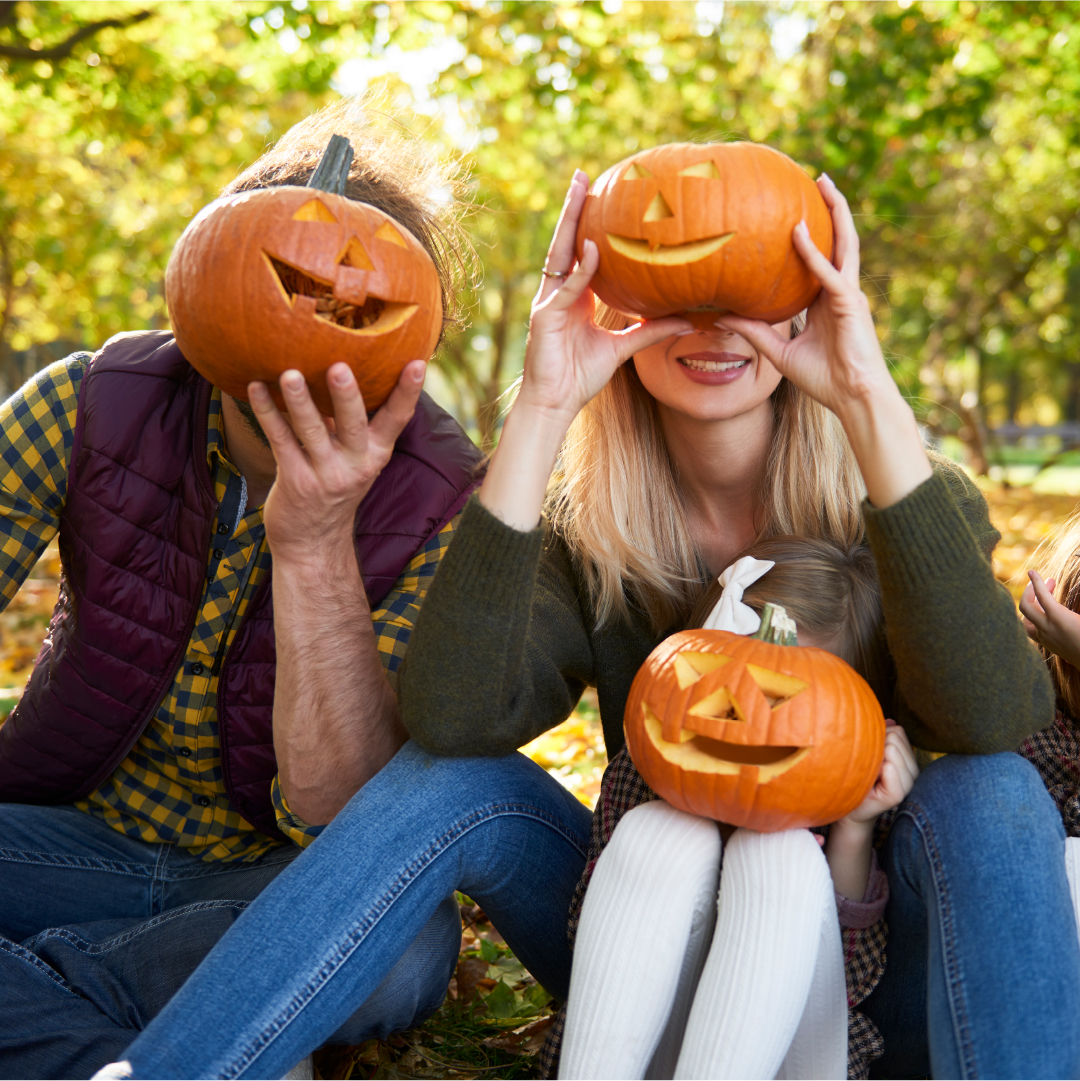
Learn more about the origins of Halloween
LEISURE

Events & culture

The nights are drawing in and there’s a chill in the air. What’s that noise on the stair? What’s that moving through the trees? Yes, Halloween is drawing near once again.
It’s easy for us to dismiss this special festival as a modern invention, something to blame on American pop culture, but the roots of this celebration lay deep in the mists of time, far older than even The Elvetham itself. Read on and learn more about the ancient origins of Halloween.
It is generally agreed that our modern Halloween originated from the ancient Celtic festival marking the transition from autumn to winter. Known as Samhain, the festival would take place around November 1st, and was also seen as a time when the spirits of the dead would ride abroad, revisiting the world of the living. Many believe that early Christianity absorbed this tradition into its own traditions of All Saints Day and All Souls’ Day, on November 1st and 2nd respectively. This saw a blending of traditions, perhaps allowing an uneasy coexistence, as both traditions worked side by side, retaining Celtic elements of the celebration such as bonfires, and guising, (or dressing up in costume), though now celebrating the saints and martyrs of the new faith. All Saints Day later became known as All-Hallows, and its celebration would begin on the night before, hence All-Hallows Eve. It is from this term that we derive the name Halloween.
So how about carved pumpkins? Well, native to North America, the pumpkin is quite literally an American import, but the practice originated in Europe with the humble turnip. Carving “jack o’lanterns” is believed to have originated from an Irish folktale, which featured a man cursed to spend eternity roaming the earth with only a burning coal lantern to light his way. Across the British Isles people used turnips to make their own versions of these lanterns, carving ghoulish faces into them and placing them in doorways or windows to frighten away wandering evil spirits at this liminal time of year. In the 19th Century, huge numbers of migrants from the British Isles took these traditions with them to North America. They soon found that pumpkins, native to America, made for easier carving, and make perfect jack o’lanterns.
Our modern ‘trick or treating’ most likely has its origins in early medieval pageantry. Just before All Souls’ Day, poorer members of society would go from door to door, receiving food in return for prayers for the household’s dead relatives. This became known as ‘going a souling’, named for the ‘soul cakes’ baked to hand out to those knocking. Shakespeare mentions souling in his comedy ‘The Two Gentlemen of Verona’ (1593). It is quite possible that Shakespeare was present for the Elvetham Entertainment for Queen Elizabeth I in September 1591, though sadly this is a month too early to speculate on Will trick or treating on the estate…
Traditions of dressing up also became linked to the custom, particularly in Scotland, where it was known as guising. This guising originally had its roots in superstition, as people wore masks or costumes to avoid being recognised by the ghosts and spirits that they believed crossed into the physical world at this time of year, and also by the masters on whom they played tricks.
It seems likely that modern day trick or treating derived from the folk memory of Scottish migrants to the Americas, recalling the traditions of times gone by.
So what do you think? Will you be carving a jack-o-lantern, or putting on a spooky costume perhaps? You can be sure that many generations of those that have lived on the Elvetham Estate across the centuries would have done similar things at this very same time of year. Who knows, they may still be watching…
Necessary cookies help make a website usable by enabling basic functions like page navigation and access to secure areas of the website. The website cannot function properly without these cookies.
Marketing cookies are used to track visitors across websites. The intention is to display ads that are relevant and engaging for the individual user and thereby more valuable for publishers and third party advertisers.
 Privacy
Privacy
John Doe Reply 03.05.2017
In vestibulum tellus ut nunc accumsan eleifend. Donec mattis cursus ligula, id iaculis dui feugiat nec. Etiam ut ante sed neque lacinia volutpat. Maecenas ultricies tempus nibh, sit amet facilisis mauris vulputate in. Phasellus tempor justo et mollis facilisis. Donec placerat at nulla sed suscipit. Praesent accumsan, sem sit amet euismod ullamcorper, justo sapien cursus nisl, nec gravida
John Doe Reply 08.05.2017
Curabitur sit amet elit quis tellus tincidunt efficitur. Cras lobortis id elit eu vehicula. Sed porttitor nulla vitae nisl varius luctus. Quisque a enim nisl. Maecenas facilisis, felis sed blandit scelerisque, sapien nisl egestas diam, nec blandit diam ipsum eget dolor. Maecenas ultricies tempus nibh, sit amet facilisis mauris vulputate in.
John Doe Reply 21.03.2017
Cras lobortis id elit eu vehicula. Sed porttitor nulla vitae nisl varius luctus. Quisque a enim nisl. Maecenas facilisis, felis sed blandit scelerisque, sapien nisl egestas diam, nec blandit diam ipsum eget dolor. In vestibulum tellus ut nunc accumsan eleifend. Donec mattis cursus ligula, id iaculis dui feugiat nec. Etiam ut ante sed neque lacinia volutpat. Maecenas ultricies tempus nibh, sit amet facilisis mauris vulputate in. Phasellus tempor justo et mollis facilisis. Donec placerat at nulla sed suscipit. Praesent accumsan, sem sit amet euismod ullamcorper, justo sapien cursus nisl, nec gravida